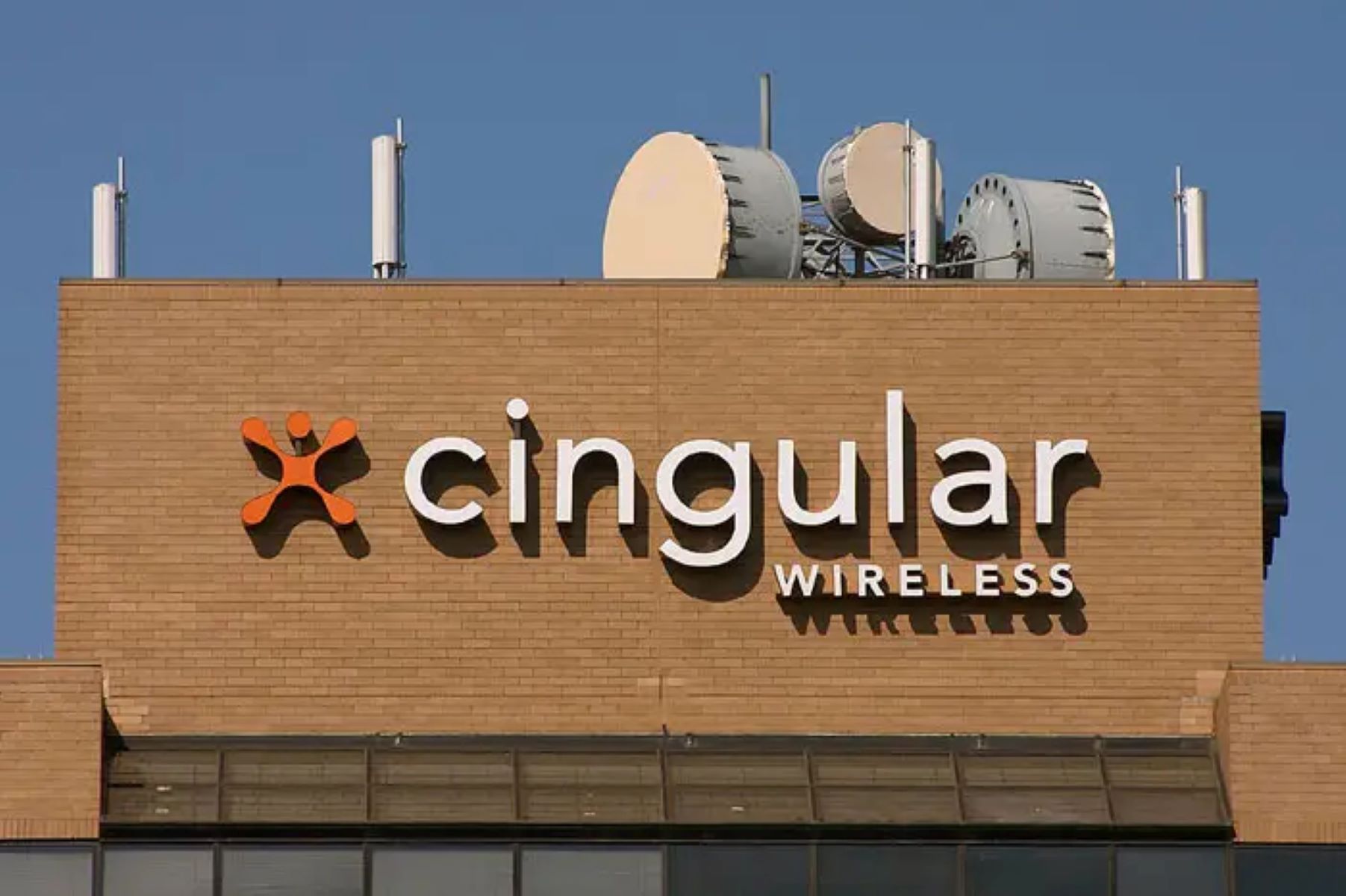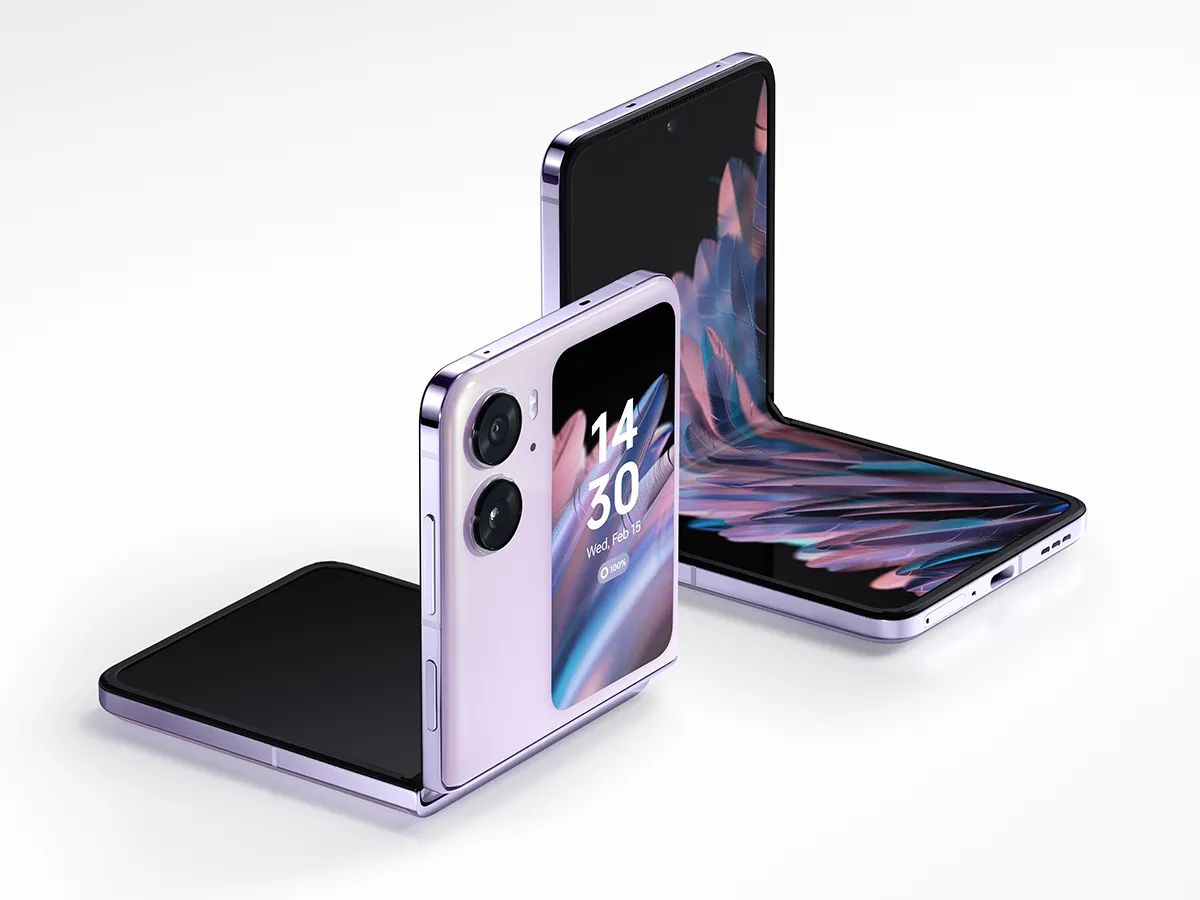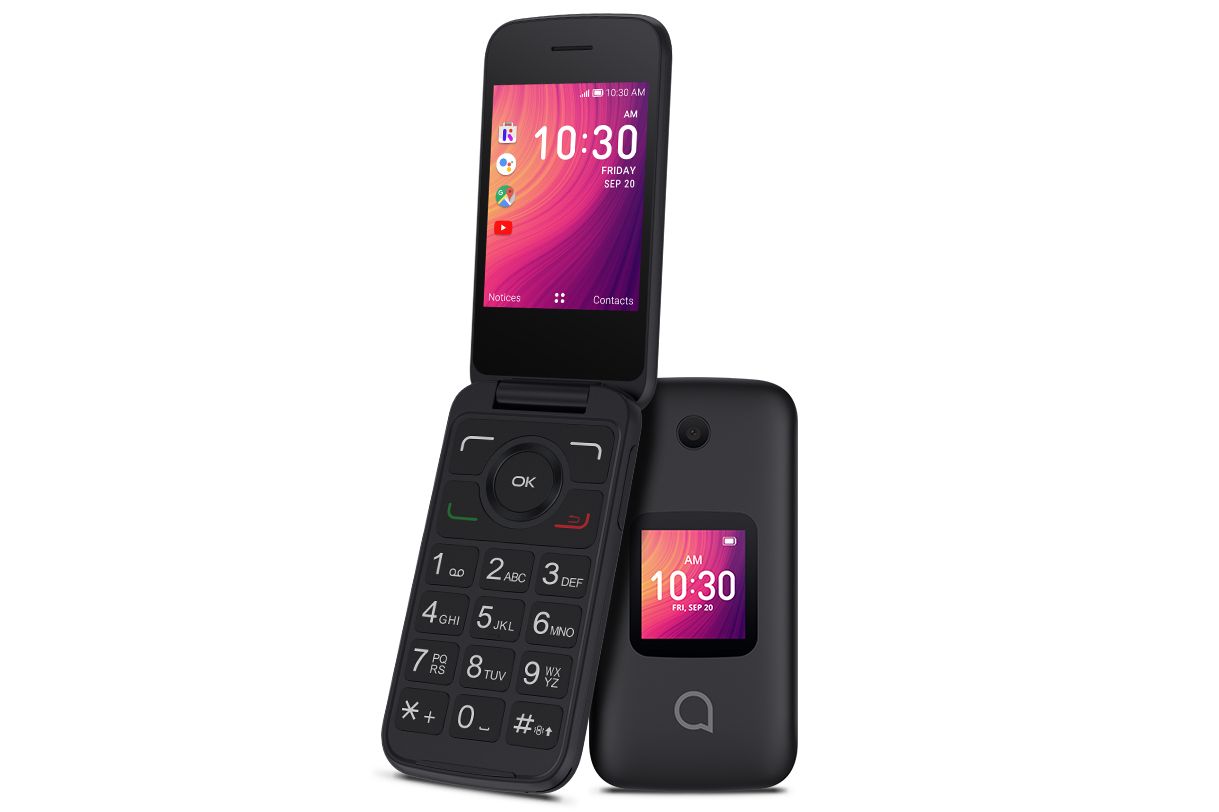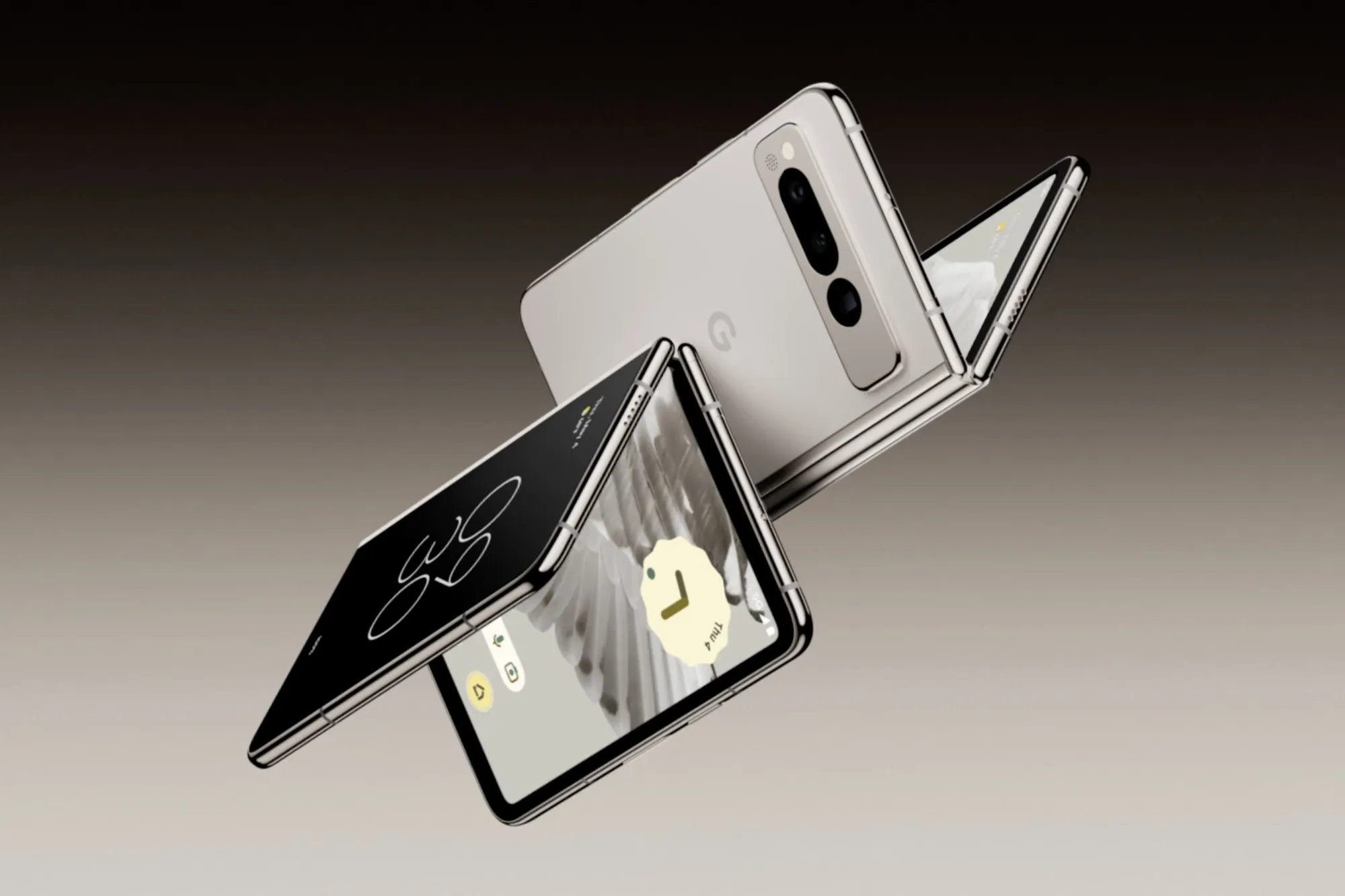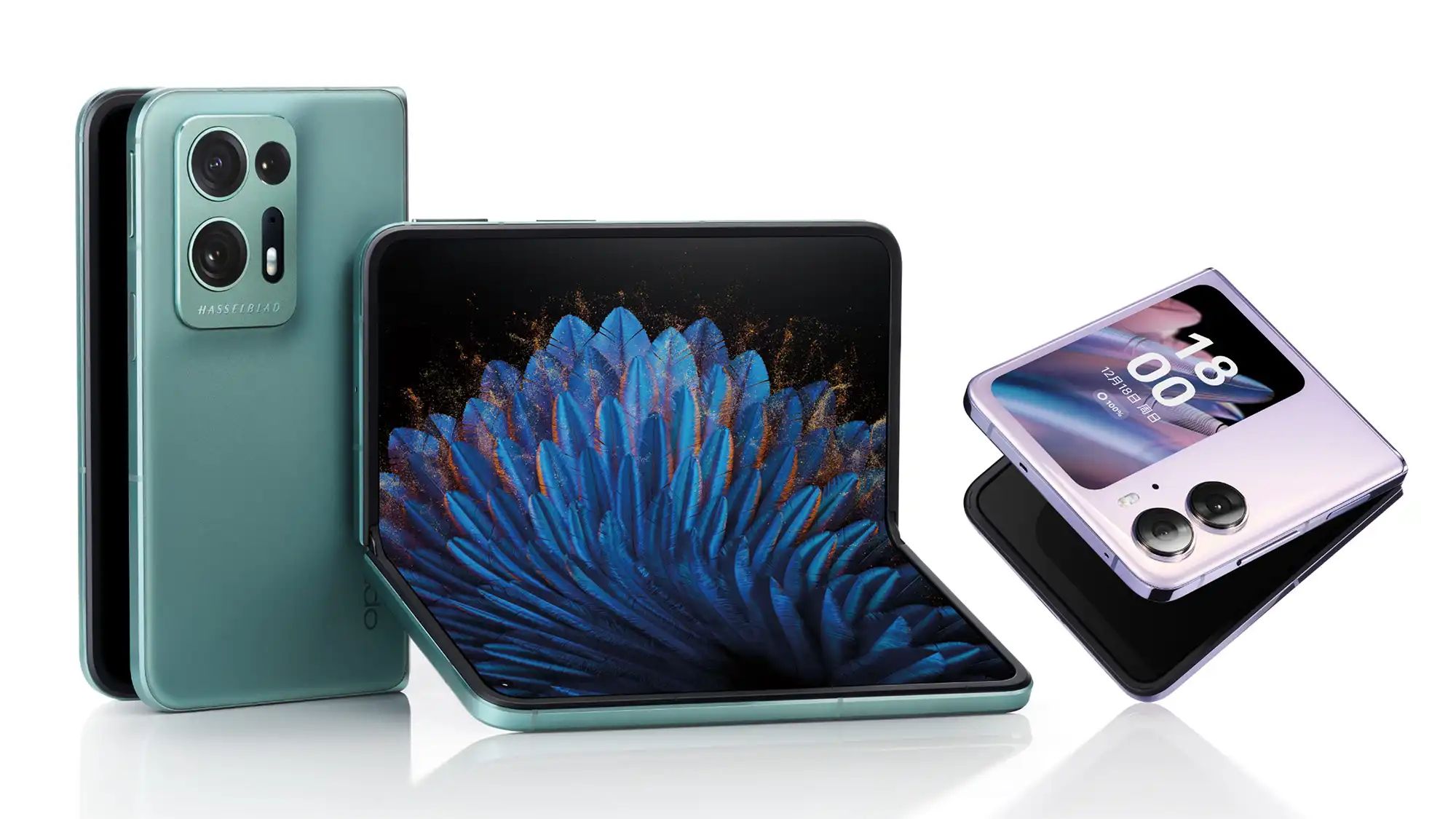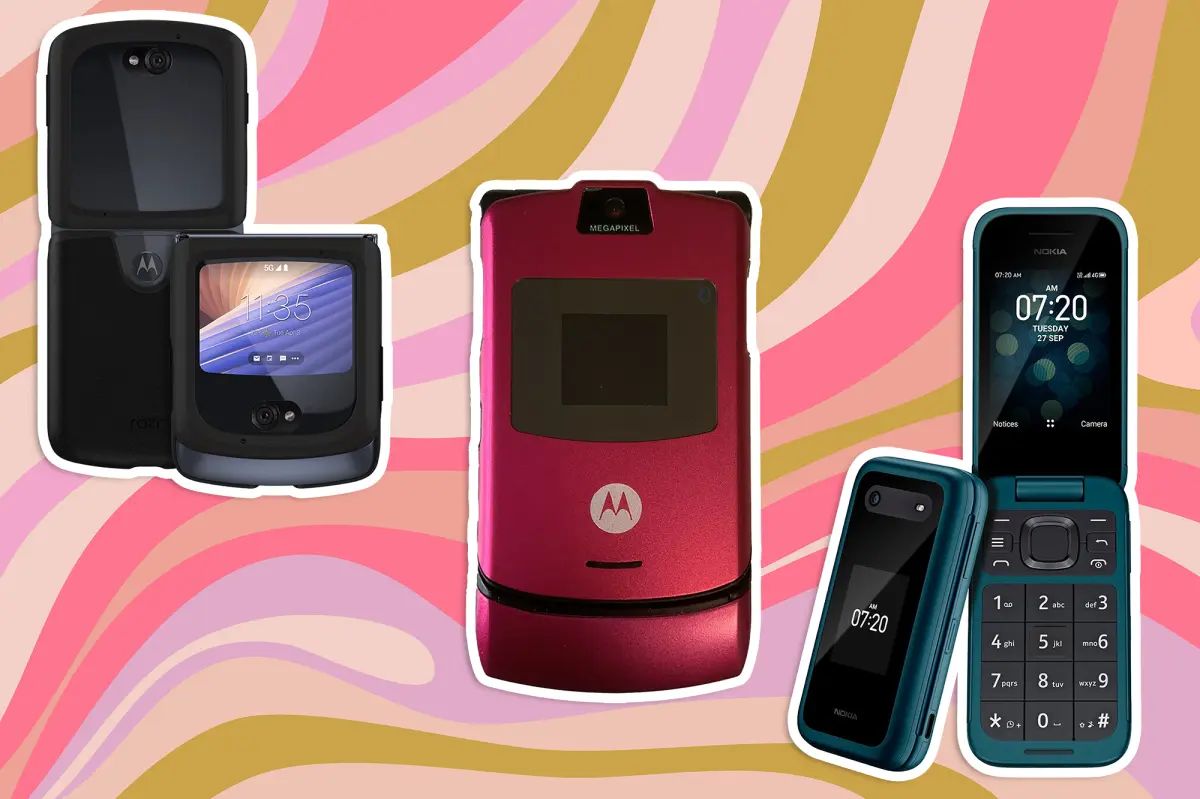Introduction
Cingular Wireless was once a prominent player in the telecommunications industry, but its name may not be as familiar to the current generation of smartphone users. Established in 2000, Cingular Wireless quickly became one of the largest mobile network operators in the United States. However, with the ever-evolving dynamics of the telecom market, the name Cingular Wireless eventually faded away.
Cingular Wireless was known for its extensive coverage, high-quality service, and innovative offerings. It introduced several groundbreaking features, such as rollover minutes, which allowed customers to carry unused minutes over to the following month. These features helped Cingular Wireless gain a loyal customer base and maintain a competitive edge.
However, the rapid advancements in technology and increasing consumer demands led to significant changes in the telecom industry. In 2004, Cingular Wireless embarked on a transformational journey that ultimately shaped its destiny.
Over the years, Cingular Wireless underwent various transformative changes that encompassed mergers, rebranding, and expansions beyond its original scope. In this article, we will delve into the history of Cingular Wireless and explore what transpired to eventually lead to its disappearance from the telecom landscape.
History of Cingular Wireless
The story of Cingular Wireless began in 2000 when BellSouth Corporation and SBC Communications agreed to merge their wireless operations to form a joint venture. The resulting entity was named Cingular Wireless, a combination of the words “cingulum” (meaning belt or connection in Latin) and “singular” (representing uniqueness or distinction).
With the merger, Cingular Wireless became the second-largest wireless carrier in the United States, serving over 22 million subscribers. The company focused on expanding its network coverage and improving its services to gain a competitive edge in the highly competitive telecom market.
In 2004, Cingular Wireless made a significant move by acquiring AT&T Wireless, another major player in the industry. This acquisition solidified Cingular Wireless’s position as the largest wireless carrier in the country, with a subscriber base exceeding 46 million.
Despite the successful acquisition, the branding remained as Cingular Wireless until 2007 when AT&T Inc., the parent company of Cingular Wireless, decided to merge the brands and adopt the iconic AT&T name. This decision was made with the goal of leveraging the widespread recognition and reputation of the AT&T brand to further strengthen its position in the market.
The merger of Cingular Wireless and AT&T Wireless not only expanded the company’s customer base but also brought together two networks, technologies, and customer experiences. This integration created a unified platform for delivering enhanced services and coverage to subscribers across the country.
Throughout its existence, Cingular Wireless focused on providing innovative offerings and maintaining a customer-centric approach. The company introduced various new features and plans, including the popular rollover minutes and unlimited calling options, which set it apart from its competitors.
As technology continued to evolve, Cingular Wireless invested heavily in building and expanding its network infrastructure to provide faster data speeds and support advanced mobile devices. The company played a significant role in the adoption and expansion of the 3G and later, the 4G LTE network technology across its coverage area.
However, despite its success and advancements, the Cingular Wireless brand eventually transitioned into the AT&T brand, marking the end of an era in the telecom industry. The rebranding to AT&T allowed the company to streamline its operations, leverage the strength of the AT&T name, and continue to evolve in the ever-changing telecom landscape.
Merger with AT&T
In 2004, Cingular Wireless made a groundbreaking move by acquiring AT&T Wireless, a major player in the telecommunications industry. This merger was a significant milestone in the growth and expansion of Cingular Wireless, catapulting it to the position of the largest wireless carrier in the United States with a subscriber base exceeding 46 million.
The merger between Cingular Wireless and AT&T Wireless was not without challenges. The integration of two large companies with their own networks, technologies, and business processes required careful planning and execution. It involved a complex process of blending networks, consolidating operations, and harmonizing customer experiences.
One of the key objectives of the merger was to combine the strengths and resources of both companies to create a more robust and competitive wireless network. Cingular Wireless and AT&T Wireless had complementary network coverage, with Cingular focusing primarily on the GSM (Global System for Mobile Communications) technology, while AT&T Wireless operated on the TDMA (Time Division Multiple Access) and later, the GSM technology. By merging these networks, the new entity aimed to offer an even wider coverage area and improved quality of service to its subscribers.
Another significant aspect of the merger was the consolidation of product and service offerings. Cingular Wireless and AT&T Wireless had their own range of plans, features, and devices. The merger provided an opportunity to streamline and align these offerings, eliminating redundancies and providing customers with a more consistent and integrated experience across the network.
As the integration progressed, the process of rebranding also came into play. Cingular Wireless, with its recognized brand presence, embarked on the journey of adopting the well-established AT&T name. This transition not only created a unified brand identity but also allowed the new entity to leverage the extensive recognition and reputation of the AT&T brand in the market.
The merger with AT&T brought about significant changes in the leadership and management structure of Cingular Wireless. The management team from AT&T played a crucial role in steering the combined company forward. Their expertise and experience in the telecom industry, combined with the existing talent at Cingular Wireless, created a strong and capable leadership team.
Overall, the merger with AT&T marked a transformative phase in the history of Cingular Wireless. It allowed the company to solidify its position as the market leader and provided the foundation for future growth and success. The integration of networks, consolidation of operations, and adoption of the AT&T brand laid the groundwork for the company’s continued expansion and evolution in the years to come.
Rebranding as AT&T
After the merger with AT&T Wireless, Cingular Wireless underwent a significant rebranding process to adopt the name of its parent company, AT&T. This rebranding was not just a change in name, but a strategic move to leverage the reputation and recognition of the AT&T brand in the telecommunications industry.
The decision to rebrand as AT&T was driven by several factors. Firstly, the AT&T brand had a long and storied history in the telecom industry, dating back to Alexander Graham Bell’s invention of the telephone. It was a universally recognized brand associated with reliability, innovation, and a vast network infrastructure.
By adopting the AT&T name, Cingular Wireless aimed to capitalize on the strong brand equity that AT&T had built over the years. The rebranding allowed the company to align itself with the wider AT&T family of services, including landline phone, internet, and cable TV services. This integration of services under one umbrella created a more cohesive and comprehensive offering for customers.
The rebranding process involved a gradual transition, as Cingular Wireless began incorporating the AT&T logo, visual identity, and messaging across its various touchpoints. This ensured a smooth and seamless transition for customers without causing much disruption to their service experience.
One of the significant benefits of the rebranding was the ability to leverage AT&T’s extensive network infrastructure. AT&T had a vast network footprint across the United States, and by rebranding, Cingular Wireless gained access to this network, further expanding its coverage and improving service quality.
From a marketing perspective, the rebranding enabled AT&T to position itself as a comprehensive and integrated telecom provider, offering a wide range of services to meet the evolving needs of customers. The AT&T name was associated with innovation, reliability, and cutting-edge technology, providing a strong foundation for the future growth and success of the company.
The rebranding process also involved transitioning existing customers to AT&T-branded devices, plans, and services. This was done gradually to ensure a seamless transition and minimize any inconvenience to customers. The aim was to provide a consistent and unified experience across the AT&T network, regardless of whether customers were legacy Cingular Wireless subscribers or new AT&T customers.
The rebranding to AT&T marked a new chapter in the company’s journey. It represented a strategic shift towards a more unified and integrated approach to telecommunications services. The adoption of the AT&T brand enabled the company to leverage its strong brand equity and solidify its position as a leading telecom provider in the United States.
Overall, the rebranding process was a crucial step in the evolution of Cingular Wireless, as it aligned the company with the wider AT&T family and set the stage for greater growth, innovation, and customer satisfaction.
Impact on Customers
The merger between Cingular Wireless and the subsequent rebranding as AT&T had a significant impact on customers. While these changes brought about various benefits and improvements, they also presented challenges and adjustments for existing customers.
One of the immediate impacts on customers was the transition from the Cingular Wireless brand to AT&T. This change required customers to become familiar with the new brand identity, logo, and messaging. While some customers may have had strong brand loyalty to Cingular Wireless, the rebranding aimed to showcase the broader range of services and innovations offered by AT&T.
With the merger and rebranding, customers gained access to an expanded network. AT&T had a widespread network infrastructure, enabling broader coverage and improved service quality. This meant that customers could expect better call quality, faster data speeds, and enhanced performance across the AT&T network.
Existing customers also experienced a consolidation of offerings and plans. As Cingular Wireless and AT&T Wireless merged, redundant plans were eliminated, and customers were migrated to AT&T’s more streamlined offerings. This consolidation ensured better coordination and clarity for customers in terms of available plans and features.
The adoption of the AT&T brand also brought advantages in terms of service integration. AT&T offered a comprehensive suite of telecom services, including landline phone, internet, and cable TV. The rebranding allowed customers to explore bundled service options, combining multiple services into a convenient package, often resulting in cost savings and improved convenience.
However, the transition to the AT&T brand and network was not without challenges. Some legacy Cingular Wireless customers may have experienced disruptions or confusion during the transition process. Changes to billing systems, device compatibility, and network integration required careful coordination and support to ensure a smooth transition for all customers.
AT&T made efforts to minimize any inconvenience to customers during the transition. Customer service and support teams were available to address queries and provide assistance. AT&T also offered device upgrade options for customers with legacy Cingular Wireless devices that were not compatible with the new network.
Despite the challenges, the merger and rebranding brought long-term benefits for customers. The expansion of the AT&T network meant improved coverage in previously underserved areas, allowing customers to stay connected wherever they went. The consolidation of offerings and bundled service options offered greater convenience and the ability to manage multiple services under one provider.
Overall, the impact on customers varied depending on their individual circumstances and needs. While the transition may have been disruptive for some, the opportunities and benefits presented by the merger and rebranding positioned AT&T to provide an enhanced and comprehensive telecom experience for its customers.
Network Integration
One of the most critical aspects of the merger between Cingular Wireless and AT&T was the integration of their respective network infrastructures. This process involved combining and optimizing the existing networks, technologies, and resources to create a unified and seamless experience for customers.
The network integration process aimed to deliver several key benefits to customers. Firstly, it allowed for expanded coverage and improved network reliability. The combination of Cingular Wireless and AT&T’s individual network infrastructures meant that customers gained access to a wider service footprint, ensuring a more consistent and reliable connection across the country.
As part of the integration, AT&T focused on upgrading and enhancing the network technologies. This involved rolling out advanced network technologies like 3G and later, 4G LTE, to provide faster data speeds and support the increasing demand for mobile data. The integration allowed for a more efficient allocation of network resources, resulting in improved performance and a better overall customer experience.
The network integration process also facilitated seamless roaming for customers. By combining networks, AT&T ensured that customers could enjoy uninterrupted service while traveling outside their home coverage area. This feature allowed for greater flexibility and convenience, as customers could stay connected no matter where they were.
One of the challenges in the network integration process was ensuring compatibility between different network technologies. Cingular Wireless primarily operated on the GSM (Global System for Mobile Communications) technology, while AT&T had a combination of TDMA (Time Division Multiple Access) and GSM technologies. This required careful planning and coordination to migrate customers to a unified network platform without disruptions or compatibility issues.
In addition to network coverage and technology integration, the network integration process also encompassed the consolidation of infrastructure and operational systems. This consolidation aimed to improve efficiency, reduce costs, and streamline operations. It involved centralizing network management, customer care, billing systems, and other critical functions to provide a more cohesive and unified experience for customers.
While the network integration process was complex and required meticulous planning and execution, the ultimate goal was to create a seamless network experience for customers. The successful integration of networks enabled AT&T to deliver enhanced coverage, better performance, and greater reliability, ensuring that customers could rely on a robust and extensive network infrastructure.
AT&T recognized the importance of customer support during the network integration process. Customer service and support teams were available to address any network-related concerns or issues that arose during the transition. AT&T also provided regular updates and notifications to keep customers informed about the progress of the integration and any potential impacts on their service.
Overall, the network integration process played a vital role in solidifying AT&T’s position as a leading wireless carrier. It allowed for expanded coverage, improved network technologies, and a more seamless experience for customers. The successful integration of networks ensured that customers could enjoy reliable and high-quality network services, whether it was making calls, accessing the internet, or using various data-intensive applications.
Expansion and Growth
Following the merger and rebranding, AT&T embarked on a journey of expansion and growth in the telecommunications industry. With a solid foundation in place, the company focused on further developing its network, expanding its customer base, and introducing innovative services to stay ahead in the highly competitive market.
One of the key areas of expansion was the continuous investment in network infrastructure. AT&T recognized the importance of a robust and reliable network to meet the growing demands of customers. By expanding its network coverage and deploying advanced technologies, such as 4G LTE and later, 5G, AT&T aimed to provide faster speeds, improved capacity, and enhanced performance for its customers.
Through targeted investments in network upgrades and expansions, AT&T expanded its coverage area, reaching more customers in both urban and rural locations. This expansion allowed AT&T to serve a larger customer base and provide connectivity to areas that were previously underserved or lacked adequate network infrastructure.
In addition to network expansion, AT&T focused on growing its customer base through strategic marketing and customer acquisition initiatives. The company employed various promotional campaigns and competitive pricing strategies to attract new customers and retain existing ones. With bundled service offerings, AT&T positioned itself as a comprehensive telecom provider, offering multiple services like phone, internet, and television, to cater to the evolving needs of customers.
AT&T also pursued partnerships and collaborations with other companies to drive growth and innovation. These partnerships included agreements with device manufacturers, content providers, and other technology companies to deliver unique and compelling services to customers. By capitalizing on synergies with other industry players, AT&T aimed to enhance its offerings and provide customers with a more comprehensive and integrated user experience.
Continued growth and expansion were not limited to domestic operations. AT&T also ventured into international markets, seeking opportunities for global expansion and strategic partnerships. By extending its reach beyond the United States, AT&T aimed to tap into new markets and serve a more diverse customer base. This expansion included entering into agreements with international wireless carriers to offer roaming services and provide seamless connectivity for customers traveling abroad.
Furthermore, AT&T remained committed to fostering innovation and introducing new services to meet the changing needs of customers. The company invested in research and development to drive technological advancements, such as Internet of Things (IoT) solutions, smart home services, and machine-to-machine connectivity. These innovations allowed AT&T to stay at the forefront of industry trends and provide cutting-edge solutions to its customers.
Overall, the expansion and growth initiatives undertaken by AT&T were aimed at providing a comprehensive and innovative telecom experience for customers. Through network expansion, customer acquisition strategies, partnerships, and technological advancements, AT&T positioned itself as a leading player in the telecommunications industry, catering to the evolving needs of customers and driving continued growth and success.
Conclusion
The journey of Cingular Wireless, from its establishment as a joint venture to its ultimate rebranding as AT&T, marked a significant chapter in the telecommunications industry. The merger with AT&T, followed by the rebranding, brought about transformative changes and set the stage for continued growth and success.
The merger between Cingular Wireless and AT&T Wireless allowed for the consolidation of resources, networks, and expertise, creating a stronger and more competitive entity. This merger propelled Cingular Wireless to the position of the largest wireless carrier in the United States and paved the way for subsequent expansions and innovations.
The rebranding as AT&T brought a new identity and strategic positioning for the company. Leveraging the recognized name and reputation of AT&T, the rebranding process aimed to enhance brand equity, streamline services, and provide customers with a more integrated and comprehensive telecom experience.
The impact on customers was both transformative and challenging. The network integration process allowed for improved coverage, enhanced service quality, and seamless roaming capabilities. However, the transition from the Cingular Wireless brand to AT&T required customers to familiarize themselves with the new branding and adapt to the changes.
AT&T’s focus on expansion and growth further solidified its position as a leading telecom provider. Through customer acquisition initiatives, network expansions, strategic partnerships, and technological innovations, AT&T has been able to continuously meet the evolving needs of customers and provide an extensive range of services.
In conclusion, the transformation of Cingular Wireless into AT&T reshaped the telecommunications landscape. The merger, rebranding, network integration, and subsequent growth initiatives positioned AT&T as a comprehensive and innovative telecom provider. By leveraging its vast network infrastructure, technological advancements, and strategic partnerships, AT&T continues to expand its customer base, deliver exceptional services, and drive the industry forward.







